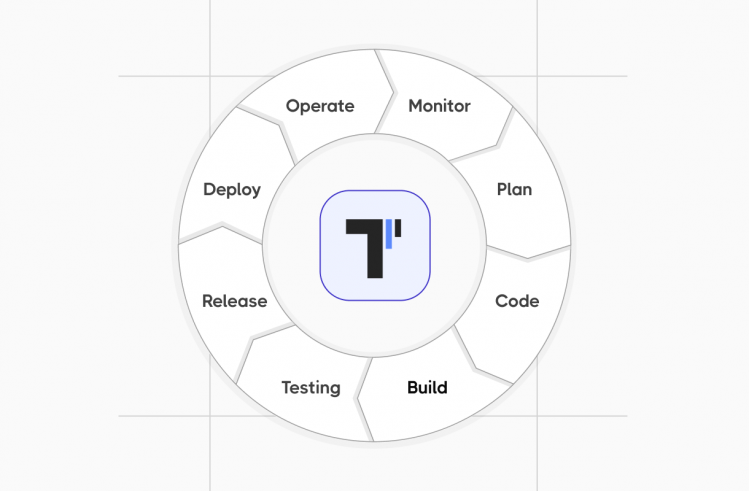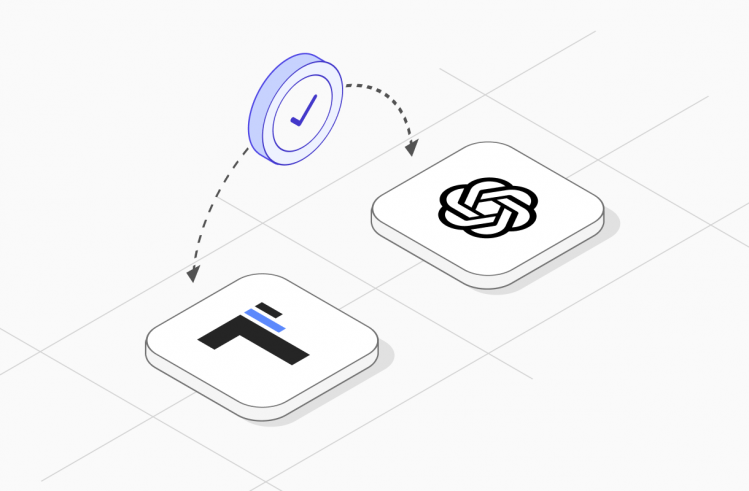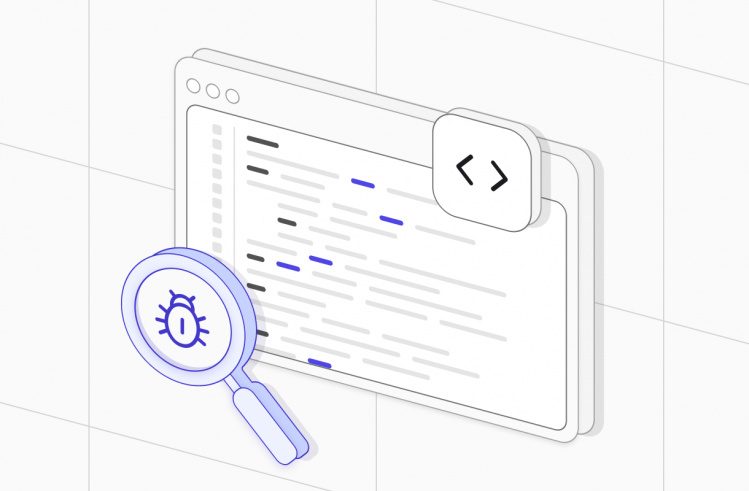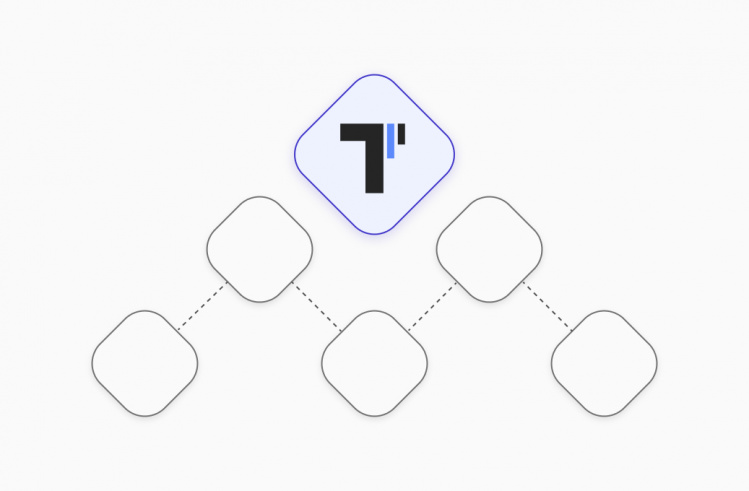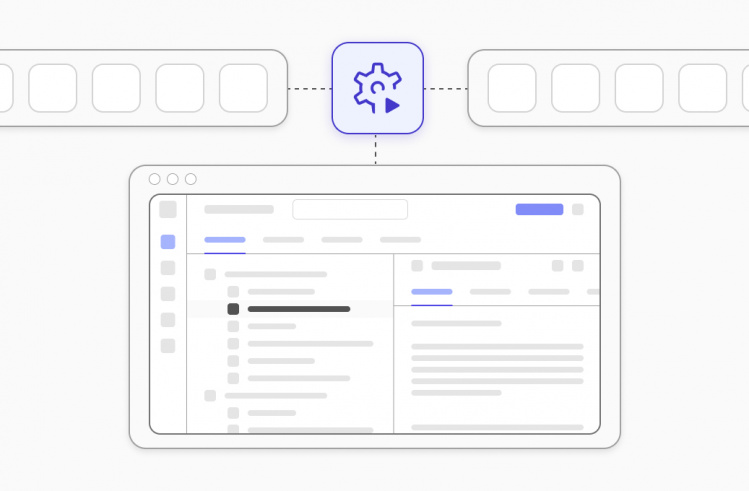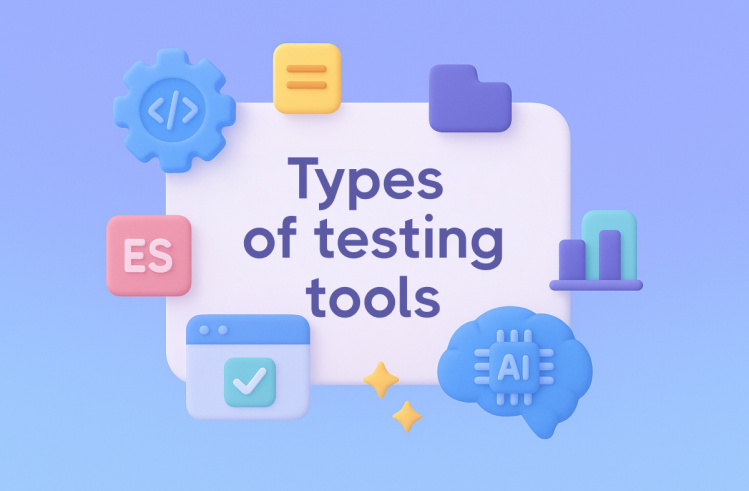In today’s world, a well-tuned CI\CD pipeline is crucial for any team striving to build and ship high-quality software fast. But here’s the thing: every CI\CD pipeline should be built and automated to meet a team’s specific needs and requirements.
Wherever you are on your CI\CD journey, there are test failures you need to address. Test failures can be tricky things in your CI\CD pipeline. Improperly addressed failures mean delays in product or feature delivery as well as potentially impact the company’s overall performance in the market 😢
Why are your tests failing?
Unfortunately, even with well-defined testing procedures, test failures can still occur. Only by uncovering the mystery of test failures as early as possible can you save your Dev, QA, DevOps and Operations management teams time and money. So, let’s try to discover the common reasons for test failures below:
- Low visibility into test performance
- Poor communication and collaboration between teams across the pipeline
- Inaccurate test reporting
- Inability to handle a large number of tests
- Selecting the wrong tools
Why should we take failing tests seriously?
Failing tests are often symptomatic of a greater issue that needs to be addressed. Once the development team understands why tests fail, they should start fixing them. Without bug fixes, tests will continue to fail whenever the CI\CD pipeline runs. If the test results are ignored and forgotten in the backlog, carrying out such a test process is ineffective.
Moreover, ignoring failing tests may block the delivery of new features and leads to a loss of revenue and reputation in the future.
That’s where CI\CD comes into play to help development teams deal with failing tests. But, what’s exactly CI\CD?
CI\CD: Continuous Integration & Continuous Delivery Explained
Continuous integration and continuous deployment (CI\CD) pipeline entails a series of step-by-step actions performed by a development team in a structured way to deliver a new version of the software product.
Generally, CI\CD pipelines are used to help development teams improve software delivery throughout the software development life cycle with automation. This enables organizations to produce software products of high quality and eliminate the need to manually execute each step of testing.
Tips to avoid mistakes on the way of efficient CI\CD pipeline
Ultimately, the purpose of building CI\CD is to ship software in a timely and effective manner. Therefore, when creating a pipeline, you should keep the following steps in mind:
- Define how long it takes to complete an activity with manual testing.
- Decide whether this activity is worth being automated.
- Examine the entire CI\CD and incorporate the required stages only.
- Monitor and analyze performance data to identify if the pipeline needs improvements.
- Understand the technologies your teams use, their limitations, and how they can be improved to speed up the automated testing process.
- Drive clear communication and collaboration between different teams involved in the pipeline flow.
- Engage highly-skilled specialists across the pipeline.
- Plan ahead and make sure your tools are ready for scaling up.
What is Continuous Integration pipeline?
Continuous integration pipeline has a focus on producing code and undergoing initial testing. When multiple developers continuously merge changes to a shared repository, each pull request contains an isolated change. This eliminates waiting and merging several disparate changes at once, provides low-risk experimentation and helps to avoid undesirable outcomes. Generally, CI pipeline entails the following tasks:
- Identifying changes in the source code repository once new commits appear
- Examining source code quality
- Creating builds
- Executing all unit tests and integration tests
- Generating deployable artifacts
- Providing test automation report
Eventually, it’s essential to choose a highly affordable and optimal CI\CD tool suite for your project as well as the right people to ensure smooth scaling up and ongoing maintenance.
What is Continuous Delivery pipeline?
Continuous delivery has a focus on deploying a successfully tested and validated build.
When using a continuous delivery practice, you always keep code in a deployable state and push code changes consistently and reliably to multiple environments. Before pushing a build into a test environment and production environment, it should be thoroughly tested and validated through automation – to selected infrastructure environments, including a development environment for a related feature or test environments to verify feature functionality and proper integration with other parts of the software product.
With that in mind, CI\CD requires robust automation powered with sophisticated reporting and analytics to have all information about builds at fingertips. Furthermore, this allows development teams to start fixing bugs in real time even if the test report hasn’t been generated to the end and keep test results on track.
Key stages of a CI\CD pipeline
While every company has different requirements and processes to deliver a new version of a software product, most software releases go through typical stages in every CI\CD pipeline. They are the following:
Source
With a version control system, development teams can store code in a centralized repository, keep changes on track and better collaborate. CI assumes repository changes and triggering events to provide better control over the source code. Automating the source allows teams to be in the know about any changes, spot issues and act quickly.
Build
The build process gets source code from a version control repository, provides links to relevant dependencies, and combines all these components to build an instance of the software potentially ready for end-users. Automated tools used in this stage not only notify developers that the build is completed but generate logs and pinpoint bugs to be fixed.
Test
The completed build undergoes an enormous array of tests, such as performance tests, integration tests, unit tests, regression tests, system tests, UI tests, functional tests, parallel tests, etc. as well as test cases to validate the source code correctness and the behavior of the software product being developed. This helps development teams address issues and fix bugs as early as possible and make debugging less costly.
Deploy
Once a completed build has passed all predefined tests, it is ready to be deployed. The development team creates a deployment environment to move the build to a server. Typically, these activities are automated with scripts or through workflows in test automation tools. This helps teams speed up the process and find unexpected errors faster.
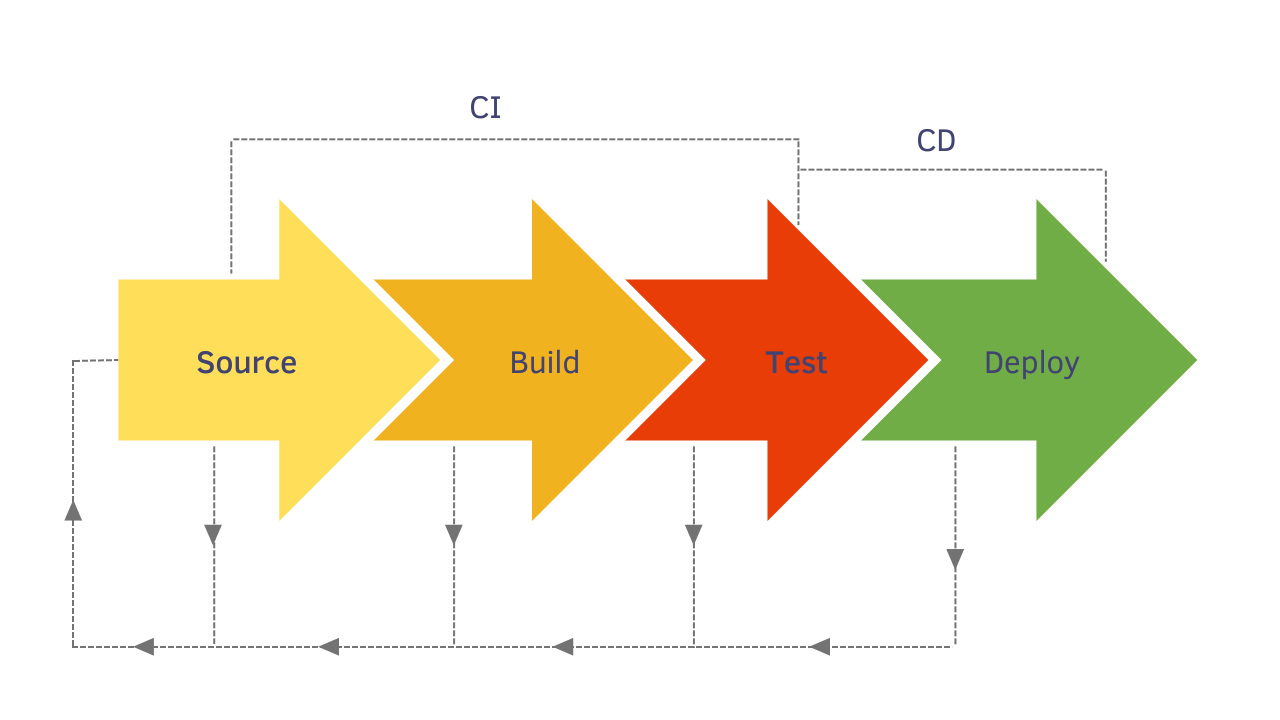
Wrap-up: the attributes of effective CI\CD pipeline
CI\CD has a focus on enhancing the quality of releases and ensuring faster turnaround times. That’s why when creating an effective CI\CD pipeline, it is essential to be aware of its key characteristics or attributes:
- Consistent workflow
- Speed and scalability
- Automation
- Reliability
- Fault-tolerant
- Reusability
Challenges Agile teams typically face while working on CI\CD pipeline
Here are some of the major challenges that Dev, QAs, DevOps and Operations part of teams may face:
- Flawed tests: Tests are created to ensure high-quality builds and quick code deployment. If they are outdated or poorly written, this contributes to deploying faulty codes and disrupting product performance.
- Poor team communication: Lack of transparency and cooperation in your teams sets every project for failure. Once something fails, it’s mandatory to communicate with your teammates and find a solution as quickly as possible. If an automated build test finds errors and doesn’t notify, it presents room of problems as well.
- Security threats: Insecure code imported from third-party sources, dev or test environment breaches, and unauthorized access to source code repositories are common security issues that may result in security vulnerabilities within your product production.
- Version control: Being centralized codebase storage, version control systems allow teams to keep track of changes in the codebase. However, The biggest problem you can face is But, an automated system update is known as the biggest problem. When a new version is updated, there is high probability that tests, deployment, and production start to crash.
- Scalability bottlenecks: With the huge influx of data volume, devices, and testing infrastructure growth, the development and operations teams may face difficulties when managing data capacity and maintaining stability.
- Performance anomalies: If your CI\CD pipeline is not properly implemented, the team may face performance issues, including long server response time, memory leaks, poor load distribution, etc. This will lead to negative customer feedback, revenue loss and reputational damage.
What are the benefits of CI\CD pipeline?
A well-functioning CI\CD can be a game changer in QAs and DevOps Agile collaboration. Here you can discover what benefits you can derive from it:
- Improved developer productivity
- Reduced deployment failure rate
- More frequent release of a new feature
- Reduced time to deployment
With CI\CD, companies can deliver better software faster by shortening the feedback loop between development and operations. This leads to improved customer satisfaction, accelerated time-to-market, lower delivery costs, and incredible product innovation.
To derive benefits of CI\CD, it’s essential to commit changes at least daily. When doing these repetitive and time-consuming tasks manually, there are some errors from development teams – missing details or inconsistent test results. Thanks to automated testing for CI\CD, you can eliminate human mistakes and speed up the process.
Automated testing for CI\CD pipeline
The CI\CD pipeline requires an automation tool to store the environment-specific parameters that must be packaged with each delivery. With CI\CD automation, it is easy to restart web servers, databases, and other services as well as execute other procedures following deployment.
Additionally, automating the CI\CD allows development and operations teams to provide faster builds and deployment as well as continuously generate feedback based on test results. What’s more, teams can execute automated tests as many times as possible to deliver quality code and software products as well. QA teams may encounter automated test failures in CI\CD. The common reasons are the following:
- Lack of relevant experience and inability to incorporate improvements
- Selecting inaccurate test reporting tools or not using them at all.
- Discovering and resolving test failures late in the process
- Incorrect prioritization of the test case execution.
- Ignoring error types and quarantining the test immediately.
❓🤔 But what should you do when automated tests in CI\CD fail?
❓🤨 How to reduce test failures in CI\CD pipelines?
Below, we are going to overview 5 tips that will help you to deal with this problem, So
Tips for reducing test failures in CI\CD pipeline
Fixing a failed test is a tedious process that requires a series of steps. Keep on reading to reveal how to handle test failures in the CI\CD pipeline and keep it flowing.
#1: Minimizing upfront work and prioritizing urgent tasks in test automation
With an incoming lengthy list of tasks to complete, software development teams are unable to keep things balanced throughout the day. When a commit fails, development and operations teams should be notified quickly as well as provided with all the required information to fix an issue. If your software engineers are unable to address issues as quickly as possible, it will slow down the release of new features and increase the deployment failure rate. Prioritizing the most important or urgent tasks will give your developers a sense of direction and helps them produce work of great quality.
#2: Debugging where the error in automated tests exists
Debugging issues right inside the CI environment is critical for development teams. This helps them make the best use of their time on fixing bugs and get rid of unnecessary work. With the right toolset, software engineers can discover what happened on the server. Additionally, they should try to answer these questions to deduce where a problem is coming from. They are the following:
- What input can we provide? Is this input the same as the function you expect?
- What output can we get? How has the input changed?
- Are there any other entities interacting with this piece of code?
- What changes have caused issues with the code?
#3:Diving into the metrics
Relying heavily on metrics helps you monitor the efficiency of your continuous integration and continuous delivery pipeline and reduce failures. The problem with monitoring is that it’s hard to know what metrics to choose. When poorly chosen, they create an illusion of control. That’s why you should opt for the metrics that will help you deliver green dashboards. Here are some basic ones:
- Uptime, error rate, and infrastructure costs: these basic metrics enable you to discover whether the system is financially viable and stable.
- Cycle time: this metric allows you to see an objective picture of how quickly your engineering team can deliver working software.
- Change volume: this metric provides information on how many stories/features and lines of code your engineering team pushes to production per deploy.
- Deployment frequency: this metric helps you measure the number of successful deployments or releases to production and showcase how much value end-users receive and how quickly they get it.
- Test duration: this metric measures the time it takes an engineering team to conduct tests.
- Test failure rate: this metric allows you to track the number of failures during the automated testing stage.
- Test coverage: this metric allows you to measure and understand what portion of the tests has been executed.
- Flaky tests: this metric helps teams detect flaky tests, display information about them, prioritize and quickly filter the right options for your needs.
- Slow tests: this metric provides information on the duration of test execution and helps identify technical problems in the project.
- Rollback speed: this metric provides information on how much time you need to restore an older version in case of a significant error.
The metric data should help you investigate what caused the issues and transform them into learning opportunities – prevent or significantly minimize failures in the CI\CD pipeline in the future.
#4: Opting for the right tools
Choosing the right tools helps the entire development teams flag frequent pain points and save time and energy down the line – tools for handling the integration (CI) side, managing the development and continuous deployment (CD) as well as carrying out continuous testing. That’s why ensuring your engineers have the right tools to do their job well is a must to speed up productivity and handle errors.
Additionally, it’s mandatory to incorporate observability practices into your CI\CD pipeline to achieve visibility. This will help you provide insights into traces, logs, and metrics before deployment and make a data-driven decision.
#5: Securing your CI\CD pipeline
While CI\CD pipeline improves software development and delivery through automation, they involve integrating numerous tools and services that may introduce security gaps – the code in your most recent commit could be vulnerable, or a dependency could be at risk. Leaving security to the end of the CI\CD pipeline increases the risk of vulnerabilities reaching the production environment. What’s more, it impacts the software product’s security when hundreds of code changes happened. With a secure CI\CD pipeline, development teams can find and fix issues without disrupting the overall CI\CD flow.
Bottom line: Want to take your CI\CD to the next level?
A high-quality product and great customer feedback are essential to remaining competitive in today’s digital world.
With the right tools ingrained in your CI\CD pipeline, you can significantly reduce test automation failures, roll out quality products and maintain a competitive edge. Moreover, setting up an automated CI\CD pipeline is critical to keep the process on track and get real-time actionable information about software product health and test automation performance. If implemented properly, it helps development teams speed up deployments while reducing test failures in the long run.
Wondering how to approach the implementation of an error-free continuous integration and continuous delivery pipeline? — Our expert team is ready to give you a helping hand! Be free to contact Us 💬

